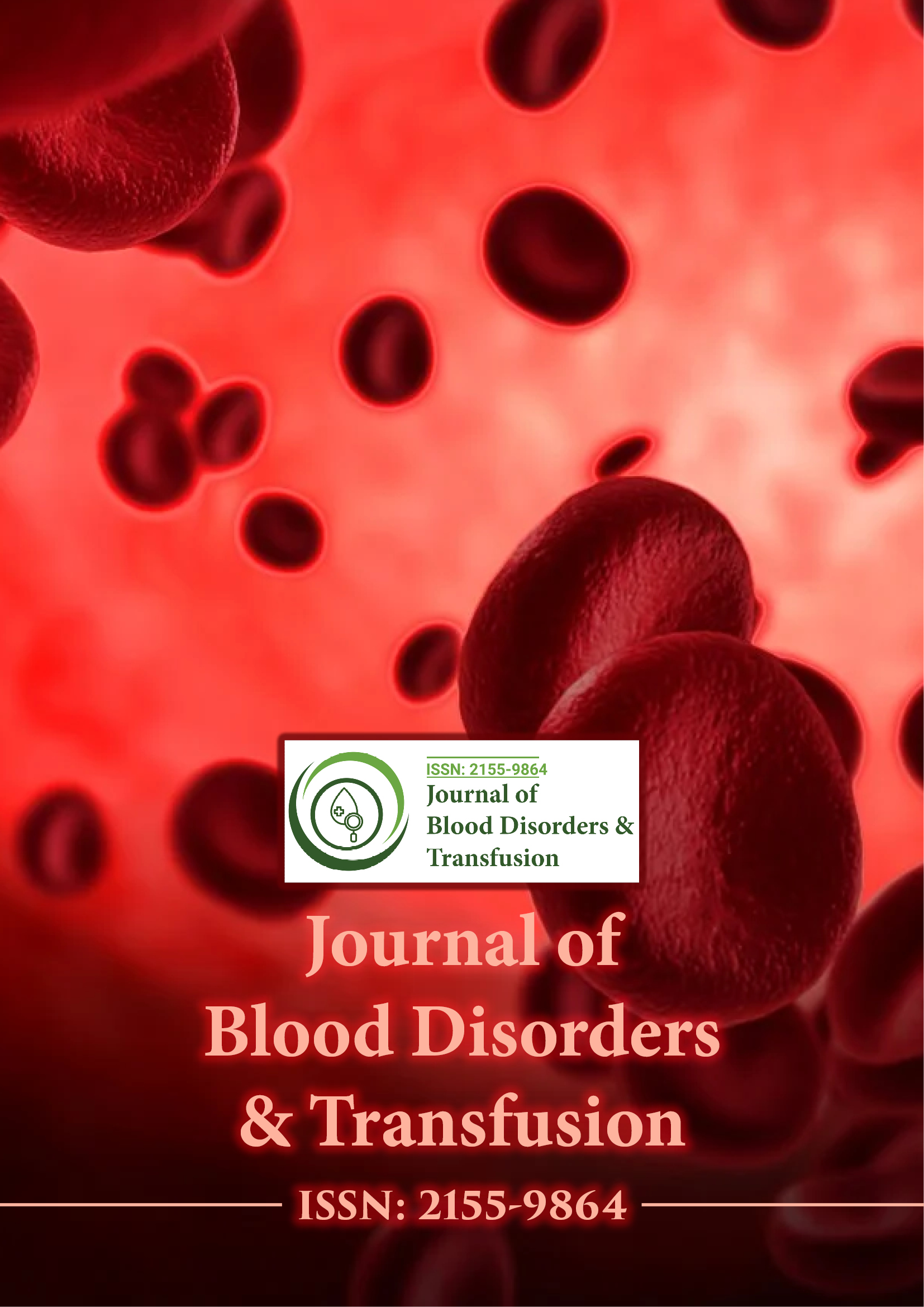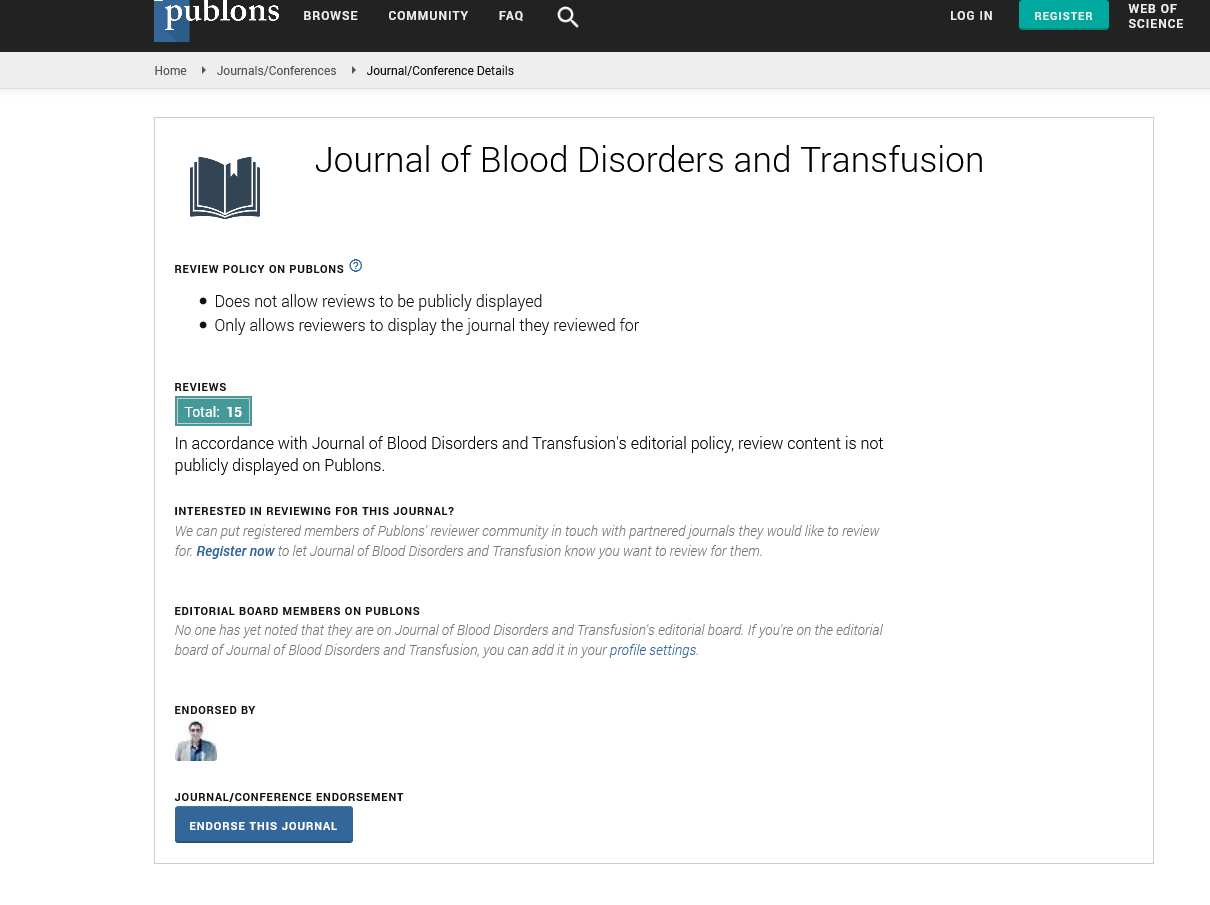Indexed In
- Open J Gate
- Genamics JournalSeek
- JournalTOCs
- Ulrich's Periodicals Directory
- RefSeek
- Hamdard University
- EBSCO A-Z
- OCLC- WorldCat
- Proquest Summons
- Publons
- Geneva Foundation for Medical Education and Research
- Euro Pub
- Google Scholar
Useful Links
Share This Page
Journal Flyer

Open Access Journals
- Agri and Aquaculture
- Biochemistry
- Bioinformatics & Systems Biology
- Business & Management
- Chemistry
- Clinical Sciences
- Engineering
- Food & Nutrition
- General Science
- Genetics & Molecular Biology
- Immunology & Microbiology
- Medical Sciences
- Neuroscience & Psychology
- Nursing & Health Care
- Pharmaceutical Sciences
Pasquale Fino
Pasquale Fino
University of Rome “ La Sapienza”,
Policlinico Umberto I, Viale Pantelleria, 35, Scala B, Interno 1/A, 00141, Rome
Italy
Publications
-
Case Report
Sweet's Syndrome as a Possible Consequence of Azacitidine Subcutaneous Administration in IPSS Intermediate-2 Myelodysplastic Syndrome
Author(s): Antonietta Troccola, Pasquale Fino, Liliana De Santo, Federico Corrias, Paola Parisi, Massimo Breccia, Corrado Girmenia and Maria Giuseppina OnestiAntonietta Troccola, Pasquale Fino, Liliana De Santo, Federico Corrias, Paola Parisi, Massimo Breccia, Corrado Girmenia and Maria Giuseppina Onesti
Sweet’s Syndrome (SS) is also called “acute febrile neutrophilic dermatoses”. The salient features are pyrexia, elevated neutrophil count, painful red skin lesions and a dense and diffuse dermal infiltrate consisting predominantly of mature neutrophils. We describe the clinical course of an 69-year-old women with myelodsysplastic syndrome who developed rapidly ulcerative skin lesion on whole right arm. Skin biopsy confirmed the diagnosis of Sweet syndrome. It is a peculiar case because the patient received azacitidine and developed Sweet’s Syndrome. The optimal treatment has not been defined. Systemic corticosteroids are the "gold standard" therapy for SS. Other firstline systemic treatments for SS are potassium iodide and colchicines. The lesion presented advanced dressings and was targed as having an hith degree of difficulty to cure. The use of Hyaff, an est.. View More»
DOI: 10.4172/2155-9864.1000300

